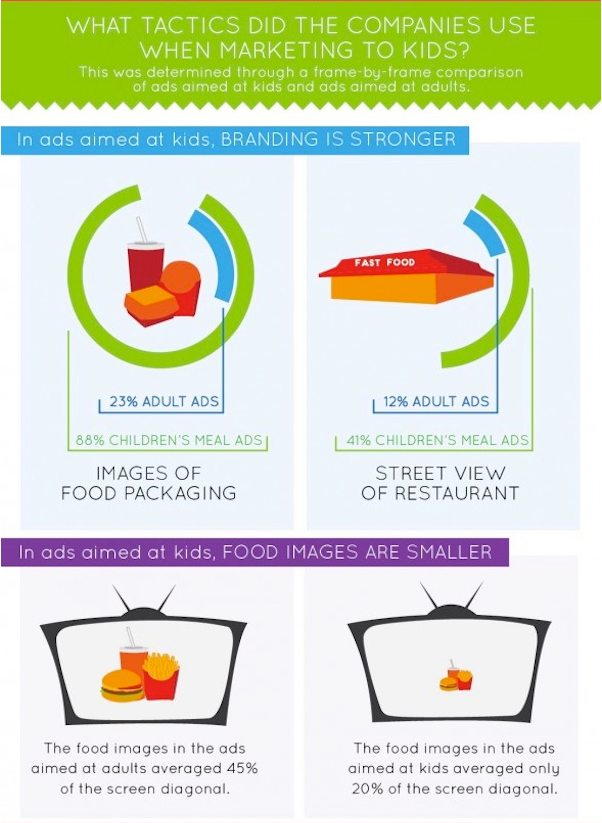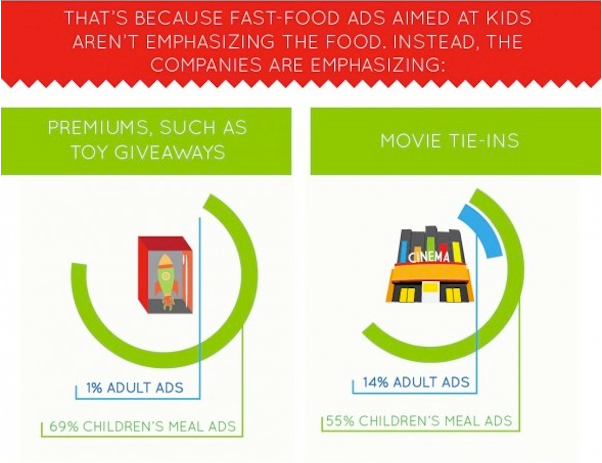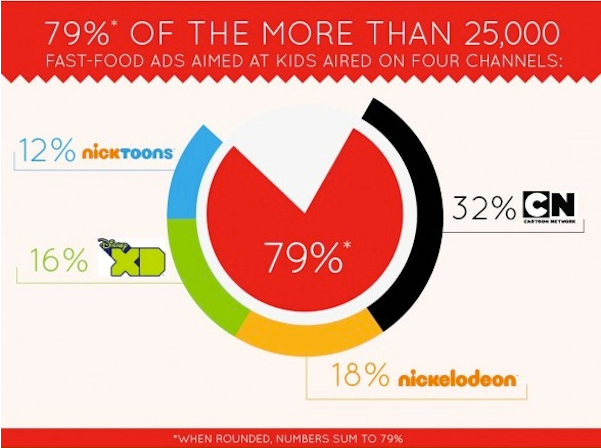 I recently read Margalit Fox’s wonderful book, “The Riddle of the Labyrinth,” which tells the extraordinary tale of how three people, working in parallel, figured out the meaning of what, to me, look like random scribbles on ancient tablets – the language known as Linear B. In trying to deduce the riddle of these scribbles, one of the scholars highlighted in the book points out:
I recently read Margalit Fox’s wonderful book, “The Riddle of the Labyrinth,” which tells the extraordinary tale of how three people, working in parallel, figured out the meaning of what, to me, look like random scribbles on ancient tablets – the language known as Linear B. In trying to deduce the riddle of these scribbles, one of the scholars highlighted in the book points out:
“A scholar’s worst enemy is his own mind. Facts are slippery things. Almost anything can be proved with them, if they are correctly selected. . . .”
Readers of my blog will know that I am very interested in the psychology of science. In this case, the person who ultimately solve the riddle of the language failed to solve the riddle for a long time as he was convinced the language could not be any form of Greek. Once he overcame his own preconception, he rapidly solved the rest of the riddle.
When trying to figure out how the world works, do your best not to let preconceptions stand in the way of an objective interpretation of the evidence.
(Click here to view comments)



 In an
In an  During a break between classes, I offered some MBA students the chance to make a little extra money. Some would have a job of sitting in the classroom for five minutes doing nothing, absolutely nothing – no reading, no listening to music; just staring straight ahead. For this effortless job, they would receive $2.50.
During a break between classes, I offered some MBA students the chance to make a little extra money. Some would have a job of sitting in the classroom for five minutes doing nothing, absolutely nothing – no reading, no listening to music; just staring straight ahead. For this effortless job, they would receive $2.50. I recently read Margalit Fox’s wonderful book, “The Riddle of the Labyrinth,” which tells the extraordinary tale of how three people, working in parallel, figured out the meaning of what, to me, look like random scribbles on ancient tablets – the language known as Linear B. In trying to deduce the riddle of these scribbles, one of the scholars highlighted in the book points out:
I recently read Margalit Fox’s wonderful book, “The Riddle of the Labyrinth,” which tells the extraordinary tale of how three people, working in parallel, figured out the meaning of what, to me, look like random scribbles on ancient tablets – the language known as Linear B. In trying to deduce the riddle of these scribbles, one of the scholars highlighted in the book points out:
 Recently, my 15-year-old son and a group of his friends went out together for dinner and a movie. The movie they chose to see was an R-rated comedy, a fact that only struck them when they approached the ticket office and realized they would not be allowed to see the movie. Not to be deterred, they did what has almost become a rite of passage for 15-year-olds – they bought tickets to another movie, and then snuck in to the R-rated one.
Recently, my 15-year-old son and a group of his friends went out together for dinner and a movie. The movie they chose to see was an R-rated comedy, a fact that only struck them when they approached the ticket office and realized they would not be allowed to see the movie. Not to be deterred, they did what has almost become a rite of passage for 15-year-olds – they bought tickets to another movie, and then snuck in to the R-rated one.